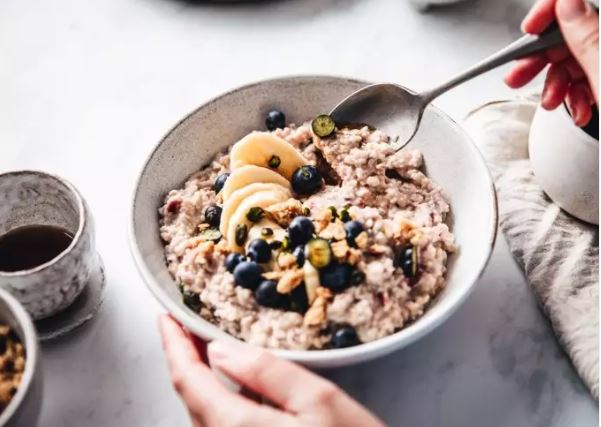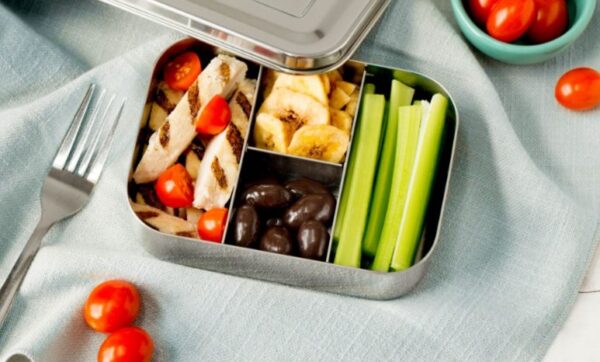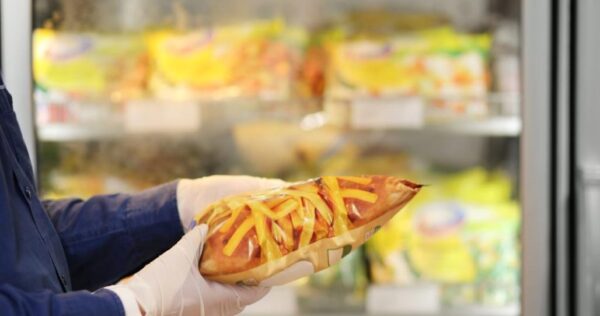Uncategorized
8 ‘healthy’ foods that are surprisingly high in sugar

If you could point to one culprit in your diet, it might be added sugars.
They bring calories without essential nutrients, drive up your blood sugar levels, and contribute to diabetes and other chronic diseases.
The World Health Organization recommends limiting your sugar intake to no more than 5% of your total calories. For someone on a 2,000-calorie diet, that works out to 24 grams of sugar, or 6 teaspoons.
Some foods with added sugars are obvious; they include candy, soft drinks, and desserts. Other sources of added sugars, though, sneak into your diet, usually by way of processed foods.
Check the labels of the following foods before you buy them, because they can be surprisingly high in sugar.
1. Yogurt
Fruit-flavored yogurt sounds like a nutritional bargain, with a mixture of protein and probiotics from the yogurt, and fiber and antioxidants from fruit. The trouble is that the “fruit” is often a mixture of added sugars and flavoring, not real fruit.
The result is that a container of fruit-flavored yogurt can have 24 grams of sugar. Do yourself a favor by choosing plain yogurt and adding fresh or frozen peaches, blueberries, or other fruit.
2. Spaghetti sauce
A half-cup of marinara sauce can have 7 grams of sugar, or nearly 2 teaspoons. Are you sure you want to put two spoonfuls of sugar on your pasta?
Instead, make your own easy marinara sauce with fresh or stewed canned tomatoes, olive oil, onions, garlic, and herbs. Make it chunky with mushrooms, zucchini, or bell peppers, or make it meaty with lean ground turkey.
3. Instant oatmeal
A packet of flavored oatmeal, such as apple cinnamon, peaches and cream, or maple brown sugar, can have 12 grams of sugar. That means you will have half your daily sugar limit before you have barely woken up.
Avoid added sugars by making plain oatmeal and adding healthy options such as apples or pumpkin with cinnamon; peaches; berries; or sliced banana and walnuts.
4. Ready-to-eat breakfast cereals
Some cereals, such as kid-focused fruit-flavored loops, cinnamon sugar squares, and chocolate cookie cereals are obviously sugar bombs, but some cereals are surprisingly high in sugar. A serving of raisin bran has 20 grams of sugar, for example.
To avoid an overly sugary breakfast or snack, read the label and choose an unsweetened, whole-grain cereal with no more than 3 grams of sugar per serving. Plain Cheerios, shredded wheat, Corn, Rice, or Wheat Chex, and Fiber One are all good choices.
5. Dairy-free milk substitutes
Almond, coconut, and soy milk let you avoid dairy products and the sugar called lactose that is in milk, but you may be getting a hefty dose of added sugar instead.
Original, vanilla, and chocolate-flavored non-dairy milk can have 9 grams of sugar. You are better off cutting calories and sugar, and getting your calcium from unsweetened varieties instead.
6. Dried fruit
Dried fruit can have 12 grams of added sugars, and nearly 30 grams of total sugars, and that is in a single ¼-cup serving. Grab a handful of dried fruit, and you can easily get 60 grams of sugar from something you thought was healthy.
Dried pineapples, mangoes, and cranberries are among the types of dried fruit that are most likely to have added sugar. To avoid it, read the list of ingredients and select types without sugar.
7. Granola bars
Granola bars seem like the ultimate health food, with whole-grain oats, heart-healthy nuts and seeds, and fibrous fruit. Unfortunately, the package often comes with unhealthy hydrogenated fats, as well as honey, sugar, or cane juice – all added sugars.
You can get a more satisfying snack, with no added sugars, with any combination of whole grains, nuts or peanuts, and fresh fruit. Try apple slices with peanut butter, whole-grain toast with almond butter, or half a whole-grain English muffin with mashed banana and walnuts.
8. Canned soup
What do a serving of tomato soup and a serving of vanilla ice cream have in common? They each have about half your daily limit for sugar. A cup of canned tomato soup has 12 grams of sugar, and it is not your only sugar soup option. When choosing canned soup, opt for low-sodium versions with no more than 2 grams of sugar per cup.










